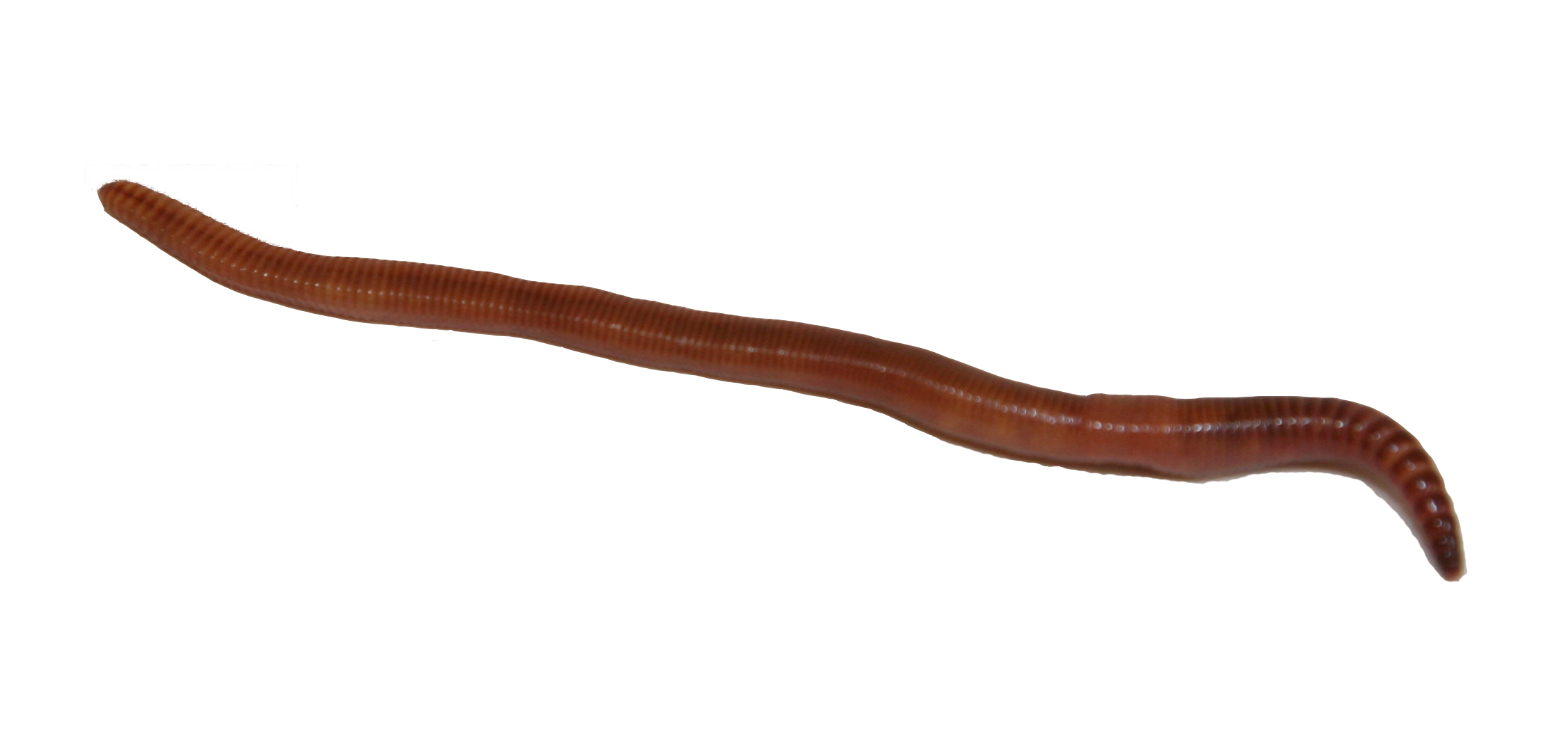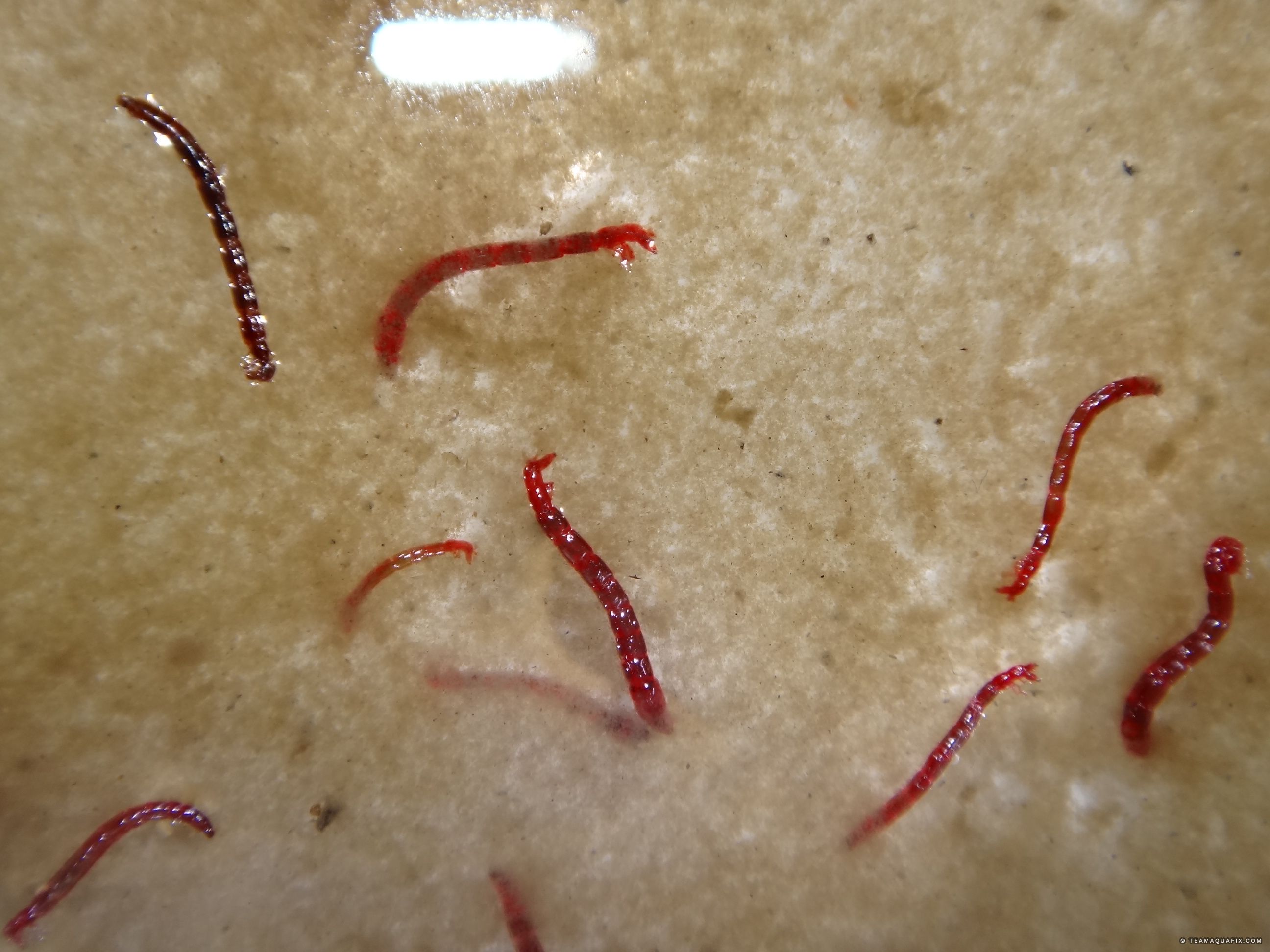Using Red Wigglers for Reliable Organic Waste Disposal
Making use of red wigglers for natural waste disposal presents a compelling method to taking care of food scraps while advertising ecological sustainability. These worms not only boost waste decay yet also yield useful worm castings, which can dramatically boost soil health and wellness. Their capacity to refine large quantities of organic material with minimal effort placements them as an easily accessible remedy for families and areas alike. Comprehending the subtleties of setting up an effective worm container and preserving an ideal environment is crucial for maximizing their advantages. The next action in this process may surprise you.
Benefits of Using Red Wigglers
One of one of the most engaging benefits of using red wigglers for natural garbage disposal is their impressive efficiency in composting. These worms, scientifically recognized as Eisenia fetida, are particularly adapted for breaking down organic materials, allowing them to process waste approximately two times their body weight each day. This fast decay not only speeds up the composting process yet also creates nutrient-rich worm castings that substantially enhance soil quality.
Furthermore, red wigglers add to a reduction in landfill waste. By drawing away natural materials from garbage dumps, they help decrease methane exhausts-- a potent greenhouse gas. This ecological benefit is essential in the battle versus environment modification.
In addition, red wigglers are low-maintenance and can thrive in numerous atmospheres, making them accessible for both amateur and seasoned composters. Their capability to replicate rapidly ensures a constant population, promoting ongoing waste handling.
Establishing Up Your Worm Bin
Developing an efficient worm bin is vital for taking full advantage of the benefits of composting with red wigglers. Ensure the bin has adequate drainage holes to protect against excess moisture, as red wigglers prosper in a moist but not soggy atmosphere.
(red wigglers for sale)Next, prepare the bed linen product, which serves as the worms' habitat and food resource. Shredded paper, cardboard, and coconut coir are outstanding options. Purpose for a bed linens deepness of around 4 to 6 inches. The container must be placed in a dark, temperature-controlled area, ideally in between 55 ° F and 77 ° F, to maintain worm task.
When the bin is set up, introduce the red wigglers, enabling them to accustom to their new setting. A properly maintained bin will not only sustain the health of the worms yet additionally promote effective decay of natural waste.
(red wiggler worms near me)
What to Feed Red Wigglers
An understanding of the appropriate diet for red wigglers is crucial for keeping a healthy and balanced worm populace and optimizing composting efficiency. These items not just offer crucial nutrients yet also add to the wetness balance within the worm bin.
It is critical to stay clear of certain foods that can hurt the worm populace. Red wigglers should not be fed meat, milk products, oily foods, or refined things, as these can bring in bugs and create undesirable odors. red wigglers. Furthermore, citrus fruits and hot foods ought Get More Information to be lessened, as their acidity can be destructive to worms
To promote optimal digestion, food ought to be chopped right into smaller items, facilitating quicker failure and usage. Presenting food in moderation is likewise crucial; overfeeding can lead to anaerobic conditions and draw in unwanted bugs. Keeping an eye on the worm container for food intake rates will assist ensure that red wigglers are receiving an adequate diet while keeping an efficient composting atmosphere. Proper feeding methods are vital for fostering a thriving ecosystem within the worm bin.
Keeping Your Worm Environment
A well-maintained worm environment is crucial for the wellness and efficiency of red wigglers. To guarantee optimum problems, it is crucial to monitor temperature, wetness, and aeration within the worm container. Red wigglers flourish in a temperature variety of 55 to 77 degrees Fahrenheit. Surpassing this array can emphasize the worms, so it is necessary to place the bin in an appropriate place far from straight sunshine and extreme temperature levels.
A great policy of thumb is to maintain dampness at approximately 70% to 80%. If the bed linens ends up being too damp, it can lead to anaerobic problems that are damaging to the worms.

Using Worm Castings in Horticulture
Rich in nutrients and beneficial bacteria, worm spreadings act as a phenomenal organic plant food for gardening. Created with the digestive system processes of red wigglers, these castings include a range of crucial nutrients, including nitrogen, phosphorus, and potassium, which advertise robust plant growth. Unlike artificial plant foods, worm spreadings offer a slow-release device, ensuring that nutrients are available to plants over an extensive duration, consequently lowering the danger of nutrient leaching and dirt depletion.
Along with nutrition web content, worm castings improve dirt structure and oygenation, enhancing moisture retention and drainage. The microbial life existing in worm castings helps to reduce microorganisms and advertises a healthy dirt ecosystem, more profiting plant health and wellness. When included right into the soil or utilized as a leading clothing, worm castings can considerably boost seed germination prices, root advancement, and general plant vigor.
For ideal outcomes, gardeners ought to use worm castings at a rate of 1-2 inches per square foot, mixing them right into the soil or including them right into potting mixes. In general, utilizing worm spreadings is a green method to improving dirt fertility and ensuring flourishing yard atmospheres.
Verdict
